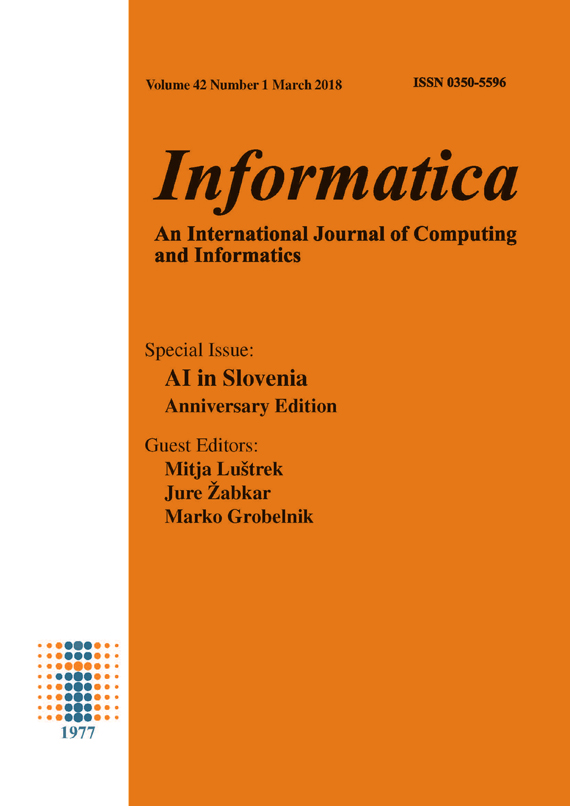Load Balancing for Virtual Worlds by Splitting and Merging Spatial Regions
Abstract
The expansion and contraction are the fundamental operations in systems assigning resources strictly based on load.
Previously, an aggregation algorithm was proposed for distributing the load of a space (square in shape initially) comprises of a number of sub-spaces as balanced as possible among two servers.
It used the SplitCapacity constraint to get contiguous larger spaces for an improved performance.
However, the implementation of this algorithm revealed that, it violates the implicit consideration of the continuity constraint, when it distributes the load for non-square grid spaces.
The basic flaw is that it allows non-contiguous and odd combinations.
Further, the same was discovered with merging that uses only the MergeCapacity constraint to initiate the contraction process.
In this paper, we summarise our previous work and examine the limitations in basic aggregation and merging algorithms.
It is demonstrated with theoretical arguments and a simple simulation model that the assignment of contiguous spaces has potential benefits.
We, therefore, extend these algorithms to incorporate an explicit continuity check to overcome the issues introduced by allowing odd cases.
It is demonstrated with the help of results from our prototype that the extended methods strictly achieves the theoretical goals of the proposed methods.
Downloads
Published
Issue
Section
License
I assign to Informatica, An International Journal of Computing and Informatics ("Journal") the copyright in the manuscript identified above and any additional material (figures, tables, illustrations, software or other information intended for publication) submitted as part of or as a supplement to the manuscript ("Paper") in all forms and media throughout the world, in all languages, for the full term of copyright, effective when and if the article is accepted for publication. This transfer includes the right to reproduce and/or to distribute the Paper to other journals or digital libraries in electronic and online forms and systems.
I understand that I retain the rights to use the pre-prints, off-prints, accepted manuscript and published journal Paper for personal use, scholarly purposes and internal institutional use.
In certain cases, I can ask for retaining the publishing rights of the Paper. The Journal can permit or deny the request for publishing rights, to which I fully agree.
I declare that the submitted Paper is original, has been written by the stated authors and has not been published elsewhere nor is currently being considered for publication by any other journal and will not be submitted for such review while under review by this Journal. The Paper contains no material that violates proprietary rights of any other person or entity. I have obtained written permission from copyright owners for any excerpts from copyrighted works that are included and have credited the sources in my article. I have informed the co-author(s) of the terms of this publishing agreement.
Copyright © Slovenian Society Informatika








